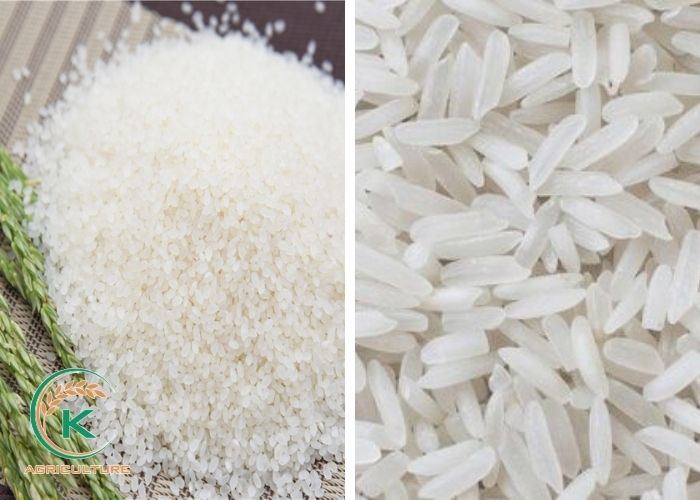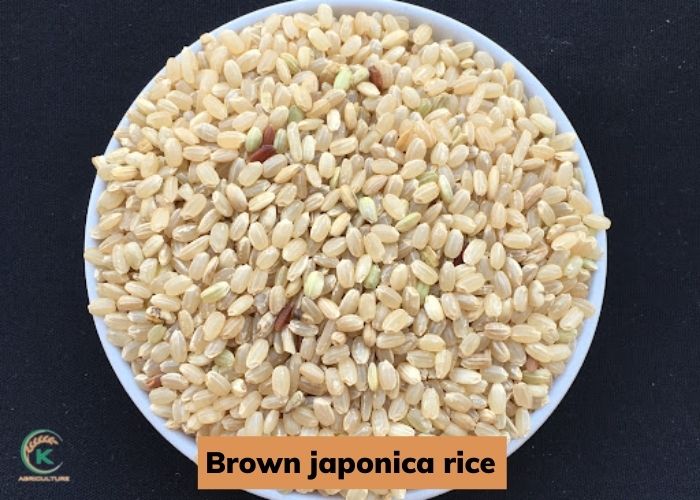An organic rice grain produced must be clean from the production soil, free from harmful chemical residues, the seed must be clean and carefully selected, etc. These factors help organic rice meet the tastes of consumers who demand healthy rice.
Mục lục
Organic rice is rice made from rice varieties grown using natural scientific processes, without the use of pesticides and chemical fertilizers. Instead, rice is taken care of with organic microbial fertilizers according to the most modern process.

Organic rice
It is important for consumers to prioritize organic rice in terms of healthy nutritional value. Organic rice is rich in vitamin B1 and many trace elements, contributing to increasing the body’s resistance.
That’s why organic rice is always rich in nutrients, ensuring safety for the health of users. Rice does not contain harmful substances, so the body can easily absorb all the nutrients in organic rice.
In scientific studies to clarify what organic rice is, the findings are that the ingredients in rice are especially good for people with cardiovascular disease, diabetes. In addition, rice also has a higher content of fiber and antioxidants, minerals than regular rice, which are absolute supports for the body’s immune system.
Currently, on the market, organic rice products are also diversified with many different prices, ranging from 30,000 VND/kg to 70,000 VND/kg. However, many families have gradually switched to choosing organic rice for their family meals because of the benefits that rice brings.

Brown japonica
Organic rice is a product certified by the US and Europe as a 100% clean food without genetic modification, without using growth stimulants, without using pesticides, without using bleach. white, colorant – fragrance, no preservatives, and especially has a very high nutritional content. Therefore, a few rice suppliers are providing this type of rice in the market.
Rice is a wonderful source of dietary fiber, which helps to keep your digestive system healthy. One of the greatest organic brown rice in bulk available is Good Reason Organic Brown Calrose. It is a short-grain rice that sticks together better than long-grain rice and can be used to make sushi.
Quang Tri organic rice is grown on clean land, using purebred rice varieties that are not genetically modified, clean irrigation water, care, and processing according to organic processes. Quang Tri organic rice is the crystallization from the harsh climate and special soil, giving it a specially delicious taste that is unmatched anywhere else.
Organic White Texmati from RiceSelect is one of the best white rice options because it is non-GMO, gluten-free, and organic. It is also free of preservatives and additives. Texmati rice is a unique variety characterized as “basmati rice in the American manner.” Though it lacks the aroma of classic basmati, its nutty, almost popcorn-like flavor complements a wide range of recipes, including curries and casseroles.